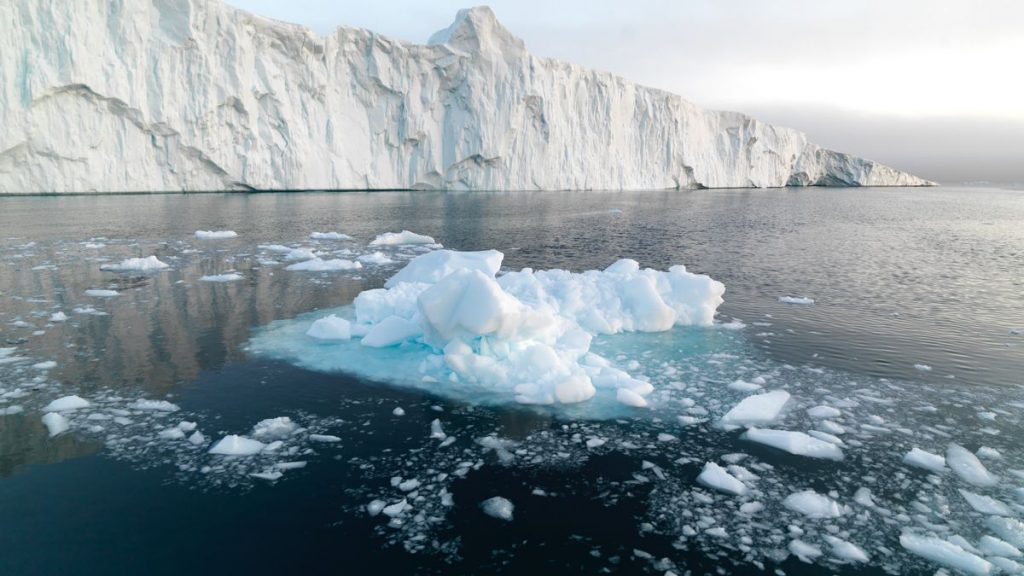
Record temperatures, less sea ice and a biologically altered environment, this is the new face of the Arctic in 2020 according to the annual report of the United States Ocean and Atmospheric Observation Agency (NOAA).
A record year
Having involved more than 130 scientists from around the world, the Annual newsletter atarctic evokes ” alarming rates of change »Over the past fifteen years, notably resulting in abnormally high temperatures and an intensification of forest fires in Siberia this summer. If 2020 was the second hottest year in theArctic since surveys began in 1900, researchers have pointed out that this is part of a larger trend, with nine of the last ten years having seen air temperatures exceed the 1981-2010 average by at least 1 ° C. .
Some places have experienced unusual heat this year. In some areas of Siberia, the temperature was 5 ° C higher than the long-term average during the first half of the year, and a temperature of 38 ° C was even recorded at Verkhoyansk in June. A record for a city north of the Arctic Circle according to the report of the NOAA.
While average Earth temperatures have risen by more than 1 ° C since the start of the Industrial Revolution, not all regions of the world are in the same boat. It is estimated thatArctic is warming two to three times faster than the rest of the planet, which has resulted in particular this year in maritime passages open to navigation much longer.
The minimum extent of sea ice in theArctic reach in late summer was found to be the second lowest in 42 years of satellite surveys, and researchers also noted a significant decrease in the thickness of the latter, which had become younger and brittle over the last decade.
Deep upheavals
The climate ofArctic remains stable thanks to its large expanses of sea ice, which regulate air and ocean temperatures. But as global warming intensifies, ice cover is rapidly decreasing, exposing more of the land and ocean to solar radiation. This brings about a drastic change and allows the currents to penetrate deeper into theArctic.
This year has also been tumultuous for the glaciers of theArctic. The melting permafrost resulted in a disastrous oil spill in Russia following the collapse of a fuel tank (having released 20,000 tonnes of hydrocarbons). While the last fully intact Arctic ice shelf in the Canada suffered the same fate after losing more than 40% of its area in just two days at the end of July.

The report also found that the surface temperatures of arctic waters were 1 to 3 ºC above normal, which is a big part of why sea ice took so long to recover. Ironically, warmer water had positive biological impacts, with primary ocean productivity 2 to 6 times higher in the sea of Laptev.
” If we do not reduce our emission rates, the Arctic climate will change so dramatically that historically low sea ice expanses will appear normal and record temperatures will appear cool compared to what we will experience in the world. ‘to come up », Concludes Laura Landrum, co-author of the report.
